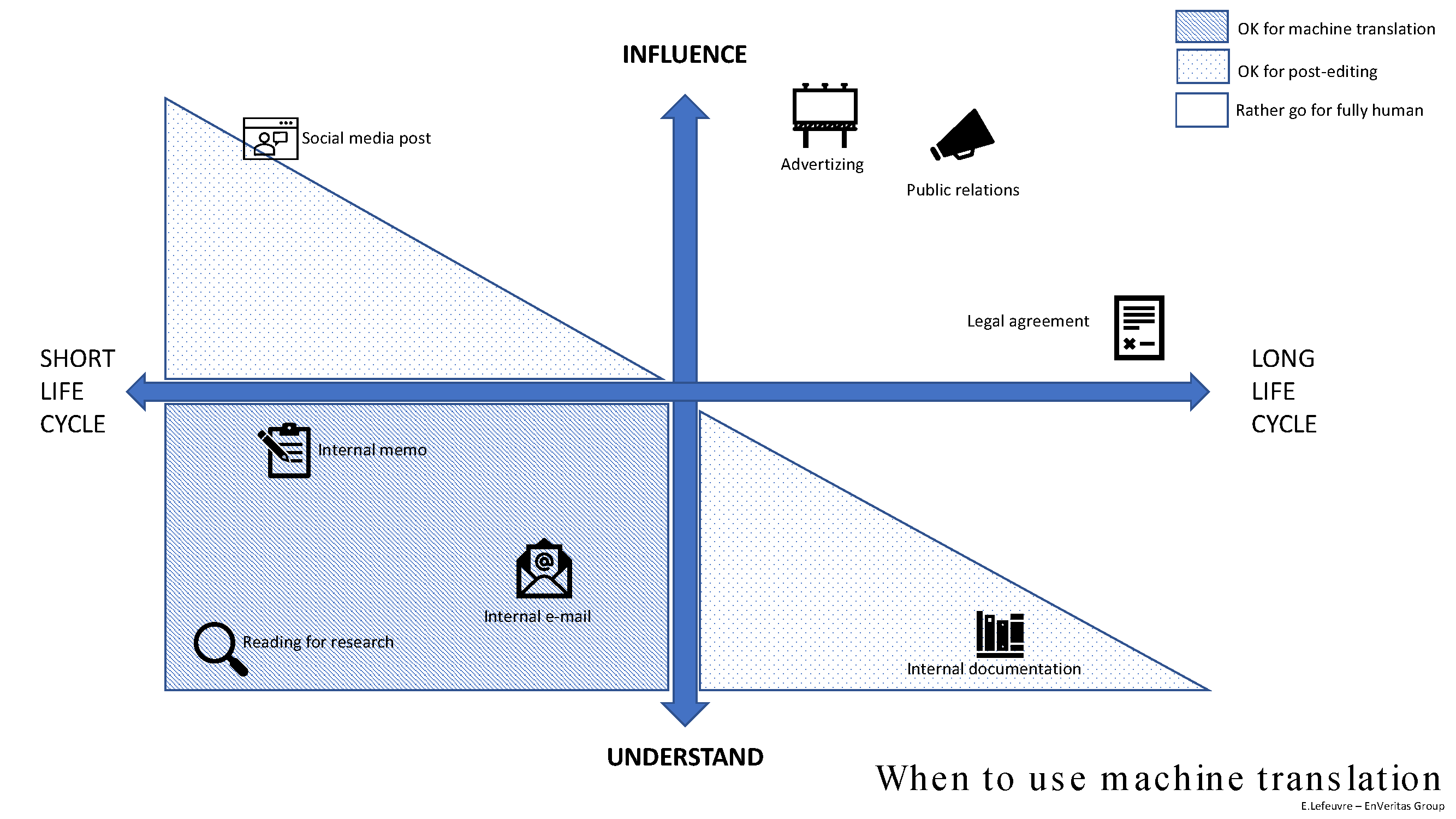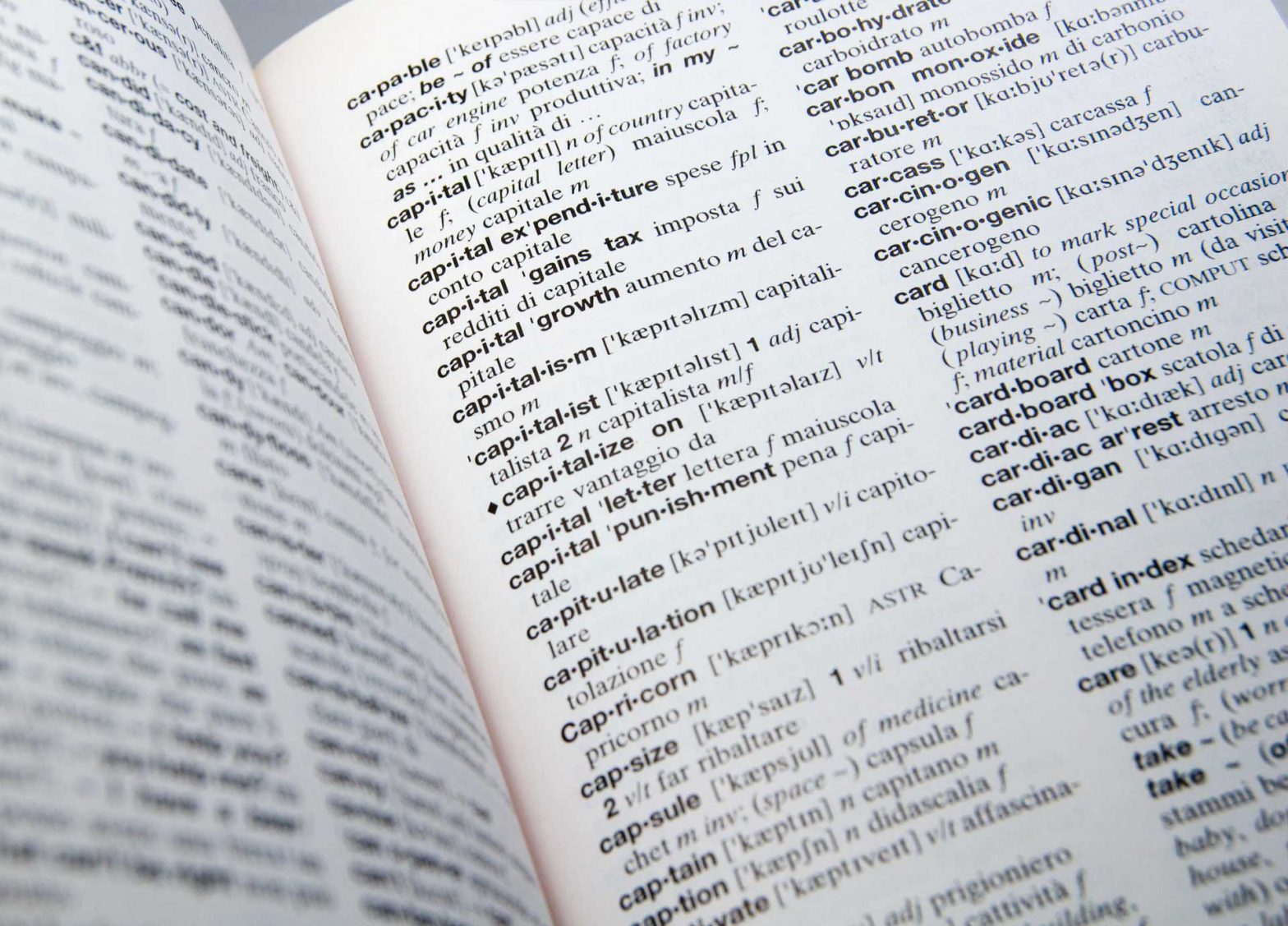How Can Translation Memory Tools Improve Your International Communication?
CAT tools, translation memories, percent matches… Some agencies like to use these phrases to sell you on their services without bothering to explain what they really are. So let us explain. In the five minutes it takes to read this post, you’ll understand how these tools can improve your worldwide conversion rate, save you the embarrassment of not knowing, and maybe save some money along the way.
What Is a Translation Memory Tool?
A translation memory tool creates and manages a database that stores how bits of phrases have been translated and is able to suggest the given translation whenever the same phrase appears again.
They are also called Computer-Assisted Translation (CAT) tools, TMs or by their commercial names such as Trados, Memsource, MemoQ, or OmegaT, just to name a few.
It’s important to understand that translation memory tools aren’t machine translations. The translation memory tool does not perform new translation on its own. Its automated role is to basically to tell the user, “Hey, last time you chose to translate Cheers! as Bien cordialement!; do you want to do the same this time? Because it really looks like it’s the same situation…”

It tells you so by displaying the suggested segment exactly where you’re supposed to enter the translation, along with the percentage of match (here 100%). And then it’s up to you to approve or not, according to your human judgment of the context.
For example, if you have a long, technical car repair manual, the translation memory will make sure each mechanical part keeps a consistent name throughout, whatever the language. This is especially helpful if multiple people are working on the translation of the same manual. Consistency is key.
Why Is Consistency So Important in Your Translated Communication?
Simply because more consistency means more conversion. Whatever you sell, if your customers can’t easily follow your offer because services or the names of products are inconsistent, you might lose their attention or trust.
Let’s say you’re a luxury spa chain with outlets in many international locations and a wide range of treatments and massages. How can traveling, loyal clients give in to their favorite massage across locations and across channels (website, brochures, on-site collateral) if they can’t determine which of the translated names match their favorite treatment? What if they want to book that same ritual they liked so much last year but the translation of it has changed in the meantime?
The translation memory approach enables clients to be in control of their in-language communication. You can discuss with your translator or project manager and set up a bilingual glossary so that you’re sure the terms you value the most are consistently translated with the nuance you desire. You can also decide to set up a list of forbidden words to avoid any faux pas from the translation team.
You need to make a lot of well-informed wording decisions at the start of a project and make sure the CAT tool will enforce these decisions across translation teams, no matter who is in charge that day or how many extra professionals had to step in to cover the volume you need.
You can use one translation memory for as many projects as you want or keep translation memories separated by clients, by brands or by whatever categorization you see fit, to have a bespoke terminology for a defined part or your translations.
Some Translation Discounted Rate Along the Way Is Never a Bad Thing.
The best part? The more you enrich the translation memory, the more you save.
As I mentioned earlier, 100% matches with previous translations or an approved glossary can make the job much easier. You may also encounter partial matches. For example, a differently capitalized letter might result in a lowering match percentage such as 99%, or changing the year in a date may lower the percentage to 65%.
In a few clicks, a CAT memory tool can analyze a huge volume of files and tells you the number of repetitions, the percent of volume strictly identical to the content of your translation memory and also the partial matches. In other words, it tells you how much it can facilitate the translation work to be done, reducing manual translation time and opening the door to discounts.
To actually ease the workload for translators, the translation memory needs to be good quality, so your first step is to carefully choose your translation supplier before starting your international marketing reach.
How Complicated Is It to Use a CAT Tool?
It’s not rocket science, but getting some training or being guided by a professional linguist on the first few projects is the only way to take full advantage of this powerful tool.
Here are a few important points on which you may need assistance or research:
- Properly set up your project, especially if you’re using some online tools that have incredible time-saving features.
- Create a translation memory from scratch, align former useful translations to create a database, or import an existing translation memory.
- Maintain your translation memory across projects and incorporate any feedback or changes.
So, will you be more interested next time someone mentions translation memory tools? If you have questions or want to learn more, reach out to us today! EVG works in more than 70 countries and 350 cities, covering 35 languages, and we would be more than happy to help you with all your translation needs.
Emilie Lefeuvre – Projects Director



